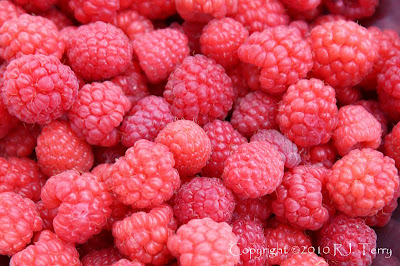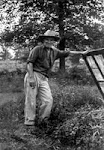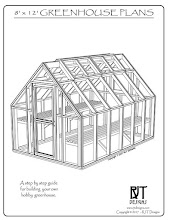There is a frost predicted for next Friday, so today I put the 6-mil greenhouse film on both of the mini-greenhouses. Both units have wire hoops inside with row covers rolled up on the side that I can pull over for extra protection when the evening temperatures go down into the teens. There is also a thermometer sensor mounted in one of the mini-greenhouses transmitting to a weather station in my home office so I can monitor the temps. If it gets too warm I can prop open the roof panels to let cool air in. I may eventually add solar operated vents to automatically open the roof panels if it gets too warm inside.
In the first mini-greenhouse I have planted leaf lettuce, romaine lettuce, kale and scallions. I will also be adding some spinach in next week along with successive planting of lettuce.
In the second unit I have planted red cabbage, green cabbage, broccoli, cauliflower and more kale.
Some of the cabbage will be for our rabbits during the winter!
 |
| Cabbage (Alcosa Savoy) planted on 8/1/10 |
I have had the plants covered with row covers to keep out pests and to protect them from cool evening temps until I was able to put on the greenhouse film. Except for an early attack of cabbage worms and an intrusive mole who burrowed through my carrots, everything seems to be coming in nicely!
In the spring I am planning on starting my tomato plants early in one of the mini-greenhouses, planting them directly in the beds and then removing the roof panels when the plants grow tall and the temps warm up. It will be nice to have early tomatoes!
This is my first attempt at growing a winter garden and I am keeping a crop journal to track the progress. I will be posting updates and photos throughout the winter to see how the mini greenhouses work for growing a winter garden. If the units perform well, I am planning on building some out of red cedar with removable polycarbonate panels, automatic solar vent openers and drip irrigation systems.
If you would like to build a mini-greenhouse for yourself you can download plans
here. If you do build one, please send photos and let me know how it worked out for you!






































































